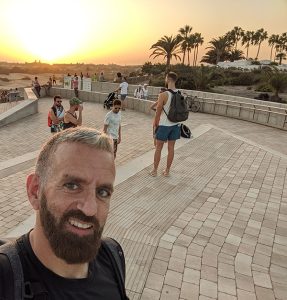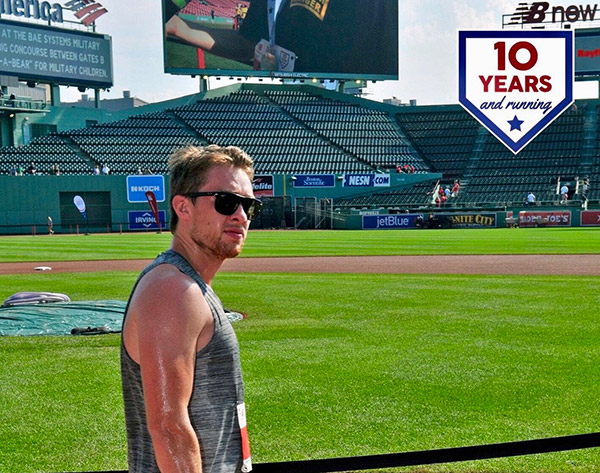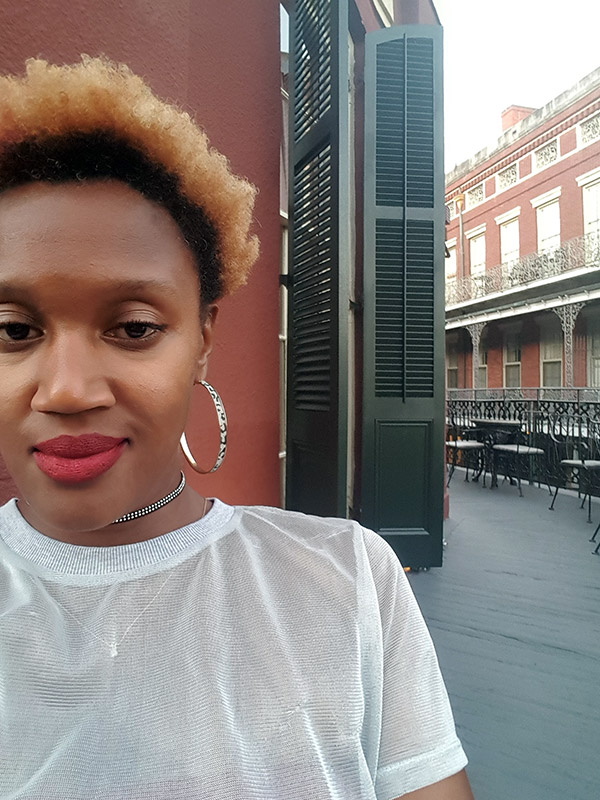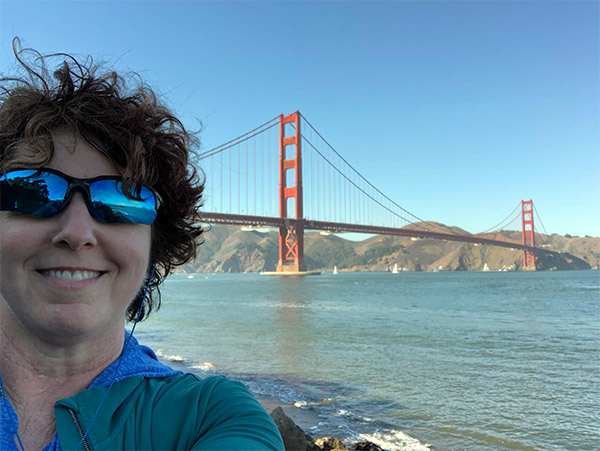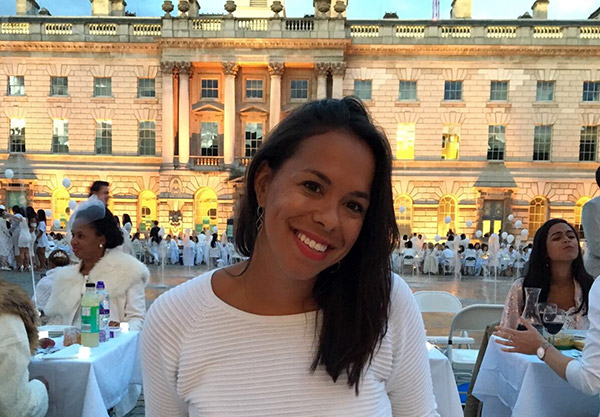Can a Print Designer Really Make the Digital Jump?
I am aging myself when I say that, when I was getting my formal design education in college, digital design was a relatively new discipline. Those focusing on digital design also obtained a completely different degree than those of us studying print. While I’m told that most schools now offer a more integrated approach, I left college with a BFA in visual communication, and had little more than a basic understanding of the makings of digital design.
Going digital
While digital design was all around, I just wasn’t a “digital guy.” I didn’t care for the stuff. Instead, I appreciated tiny type and precise kerning- although, I will admit, this meant in print and on digital. But overall, digital design just wasn’t of interest to me, and I wasn’t particularly motivated to learn more.
So, like many other graphic designers of my ilk, I’ve had to ask myself regularly over the past fifteen or so years: “Is now the time to make the ‘digital jump?’” For me at least, the question really continues to be: “Is the passion there?”
Can you take the leap?
I’d argue that, with the right technical knowledge, almost any good print designer can become a competent digital designer. The fundamentals are the same, of course. There certainly are some significant differences. Color, for one, is represented as CMYK in print design, and as RGB in digital design. But, the color wheel doesn’t change, and colors that are complementary on paper are just as complementary on screen.
What’s the difference between print and digital design?
Most notable are the differences with typography. In print, your type choices are limited only to the typefaces extant. In the digital world, you’re only limitation is the limitation of capability.
There are other factors that come up in digital design that are non-issues when working with print: search engine optimization (SEO) is a tremendous consideration when working with digital but doesn’t even factor in to print.
Print design is static, for better or worse. Digital design is dynamic and, what you create may be manipulated—or at least displayed differently—by the device of the end user.
Still, the goal is the same. It’s all visual communication. If you can convey your message effectively in a clear, concise, and visually pleasing way, you’ve done your job. For me, my job continues to be, primarily, as a print designer. I can create digital content; however, the passion to make the “digital jump” just isn’t there for me. For others, it’s a transition they’ve embraced eagerly.
So, while I’m still fighting the good fight, I recognize too that I may someday still have to make the “digital jump.”
But, until that happens, I know when to bring in my digital guy.
























